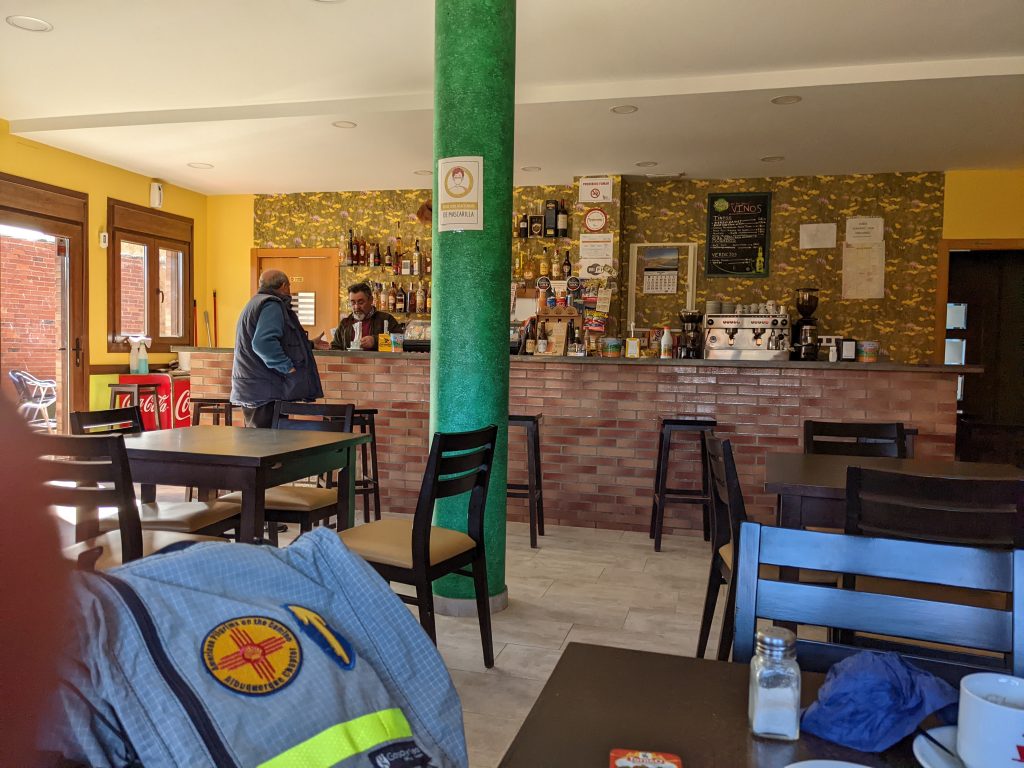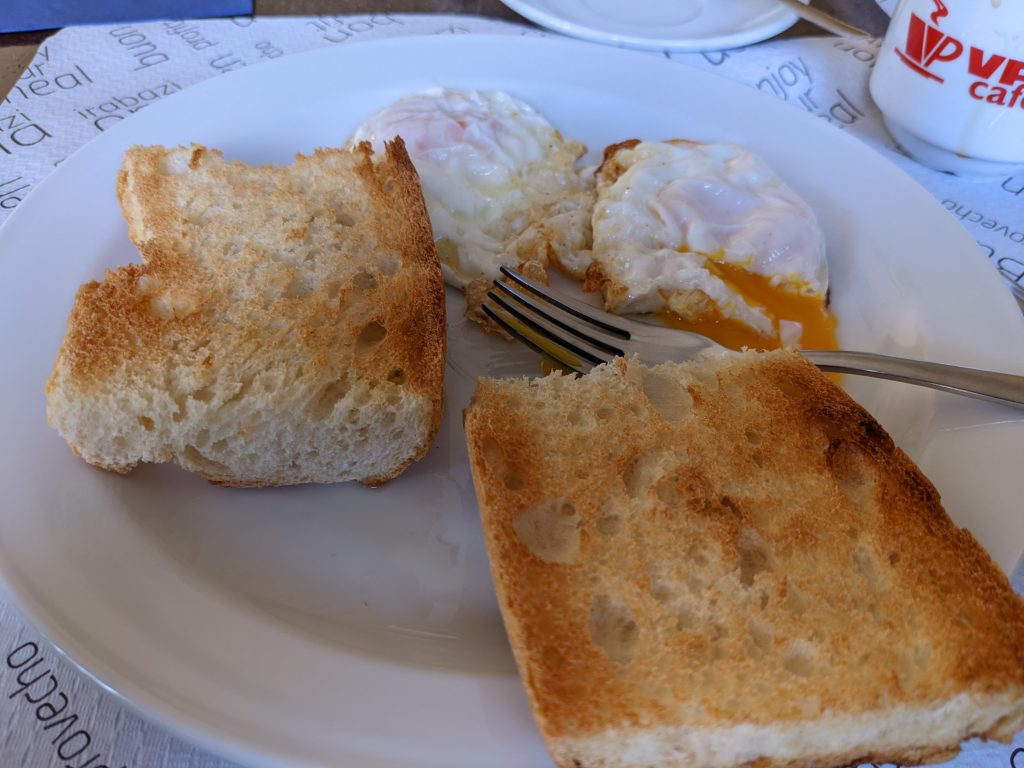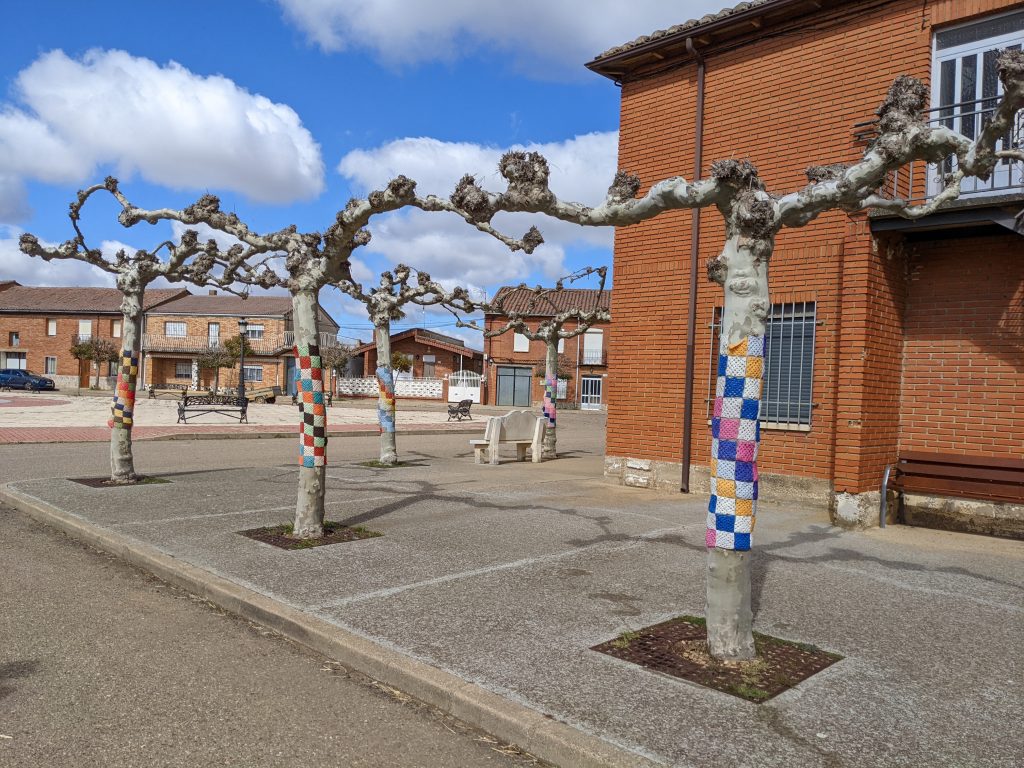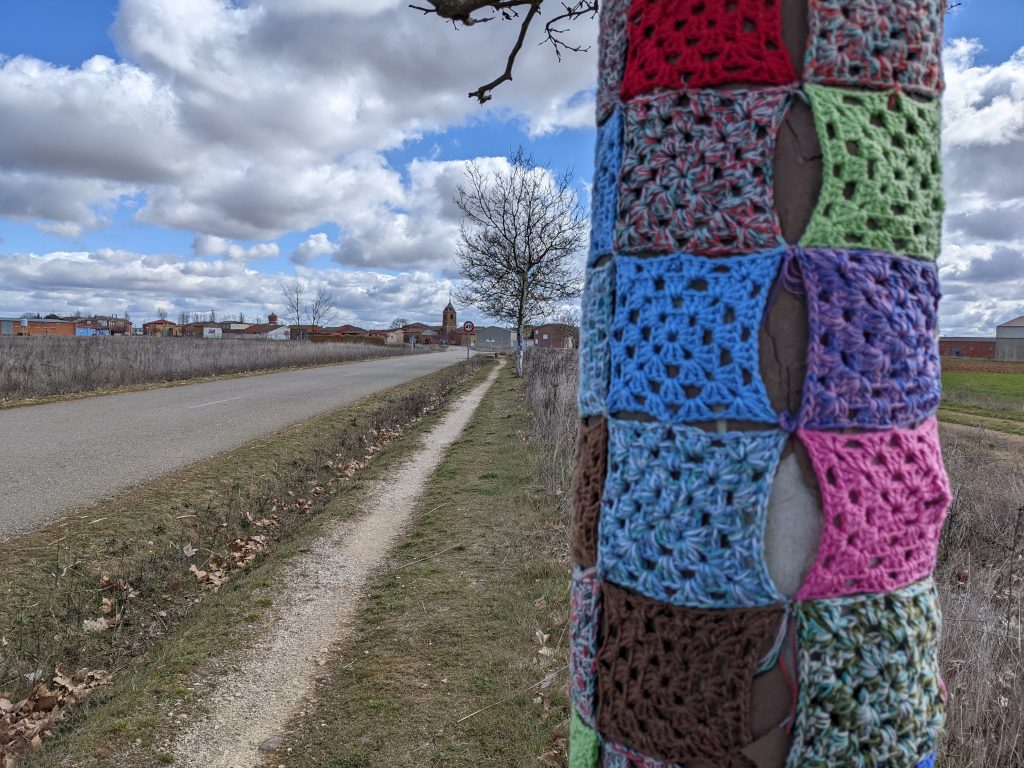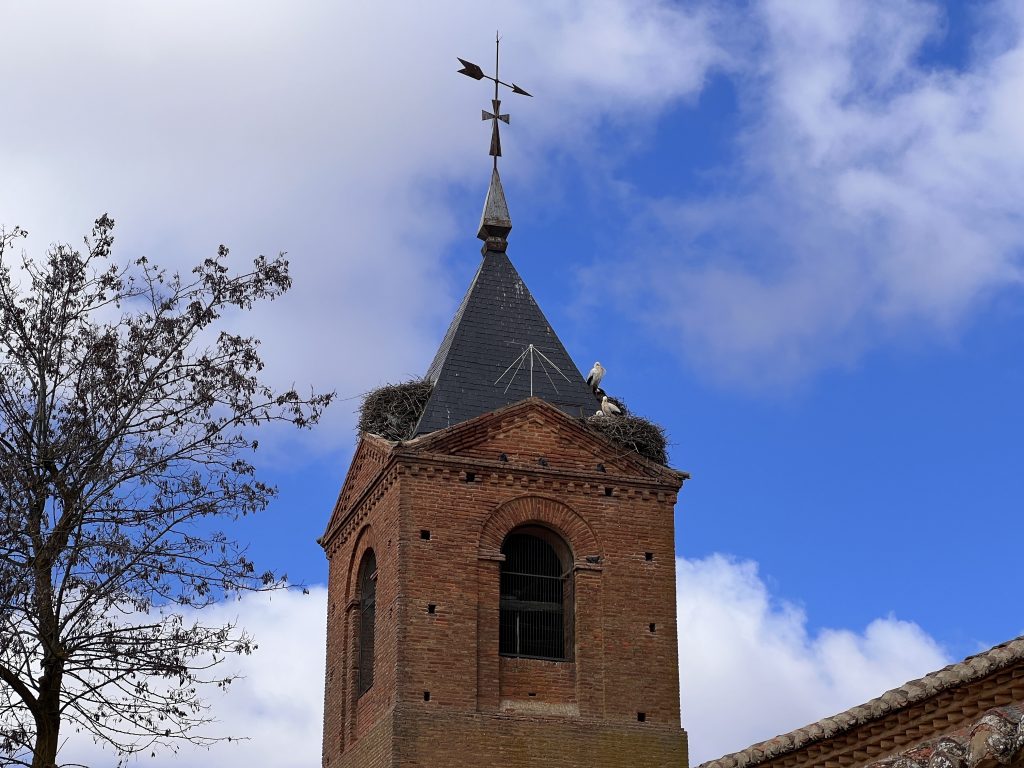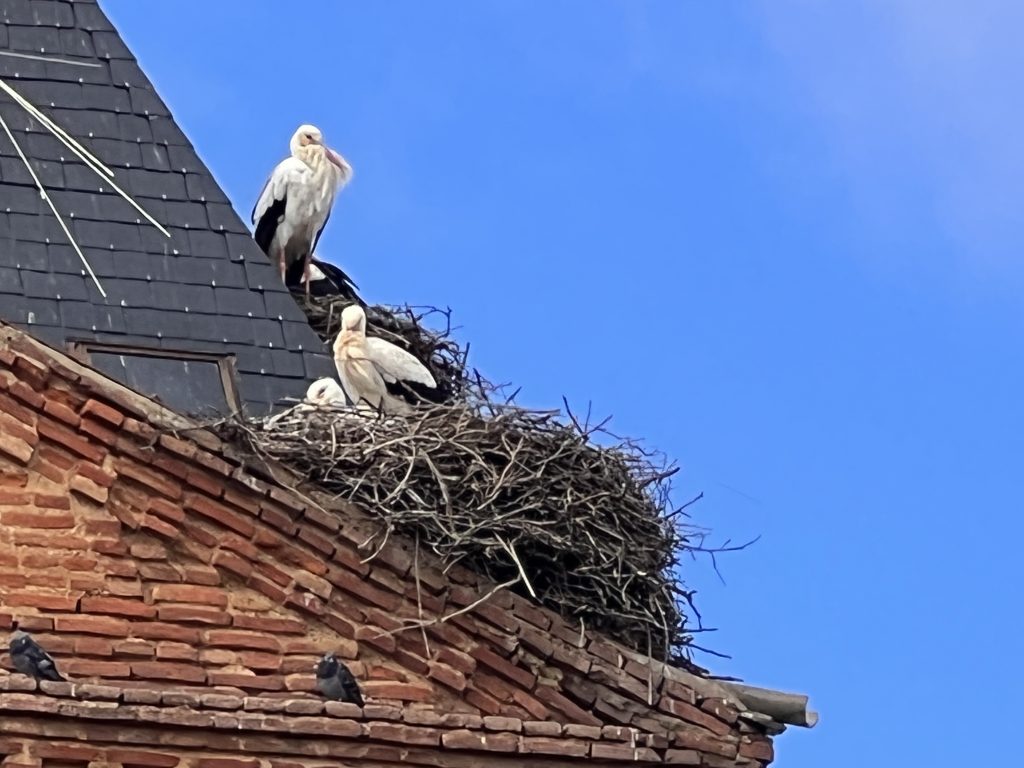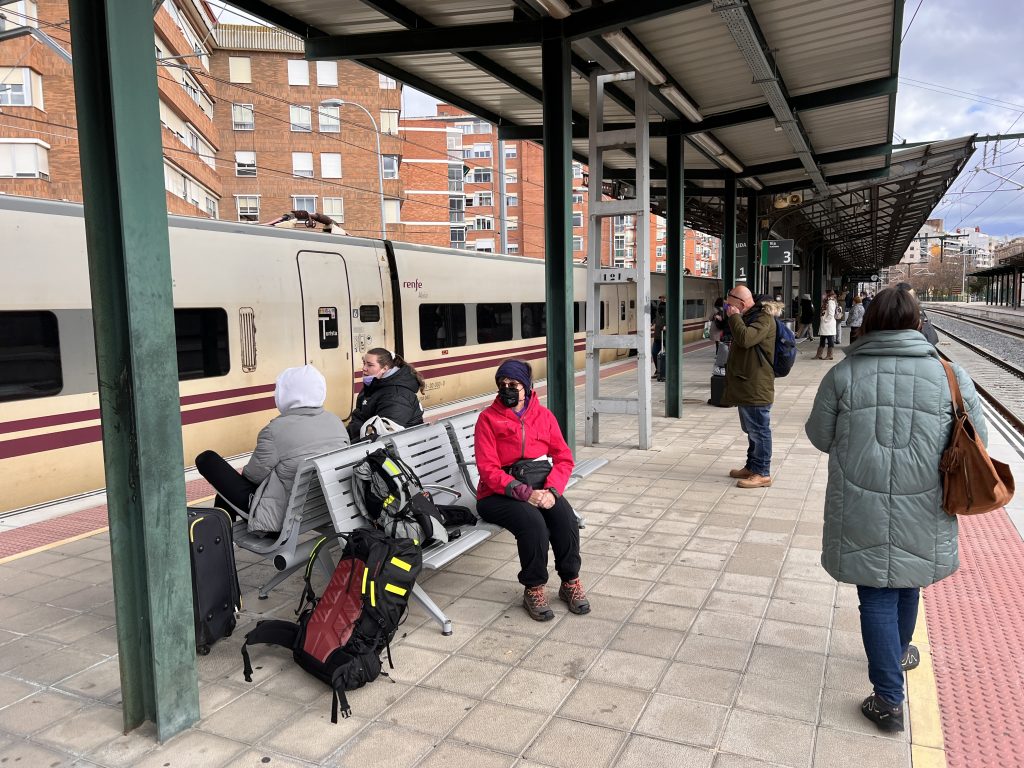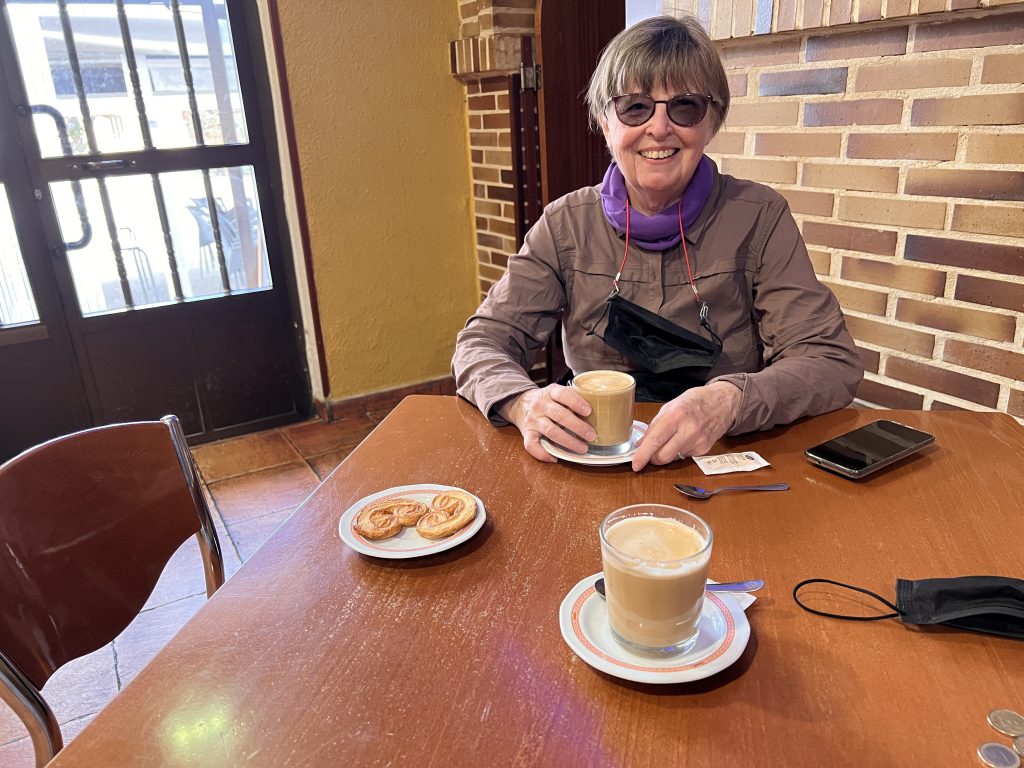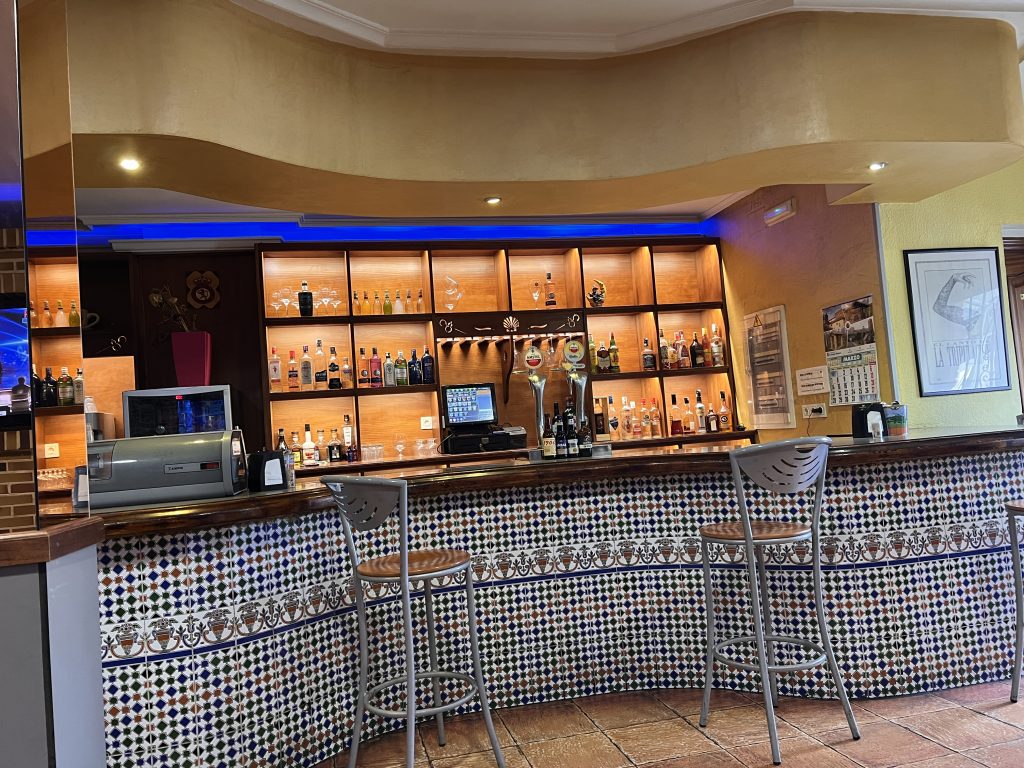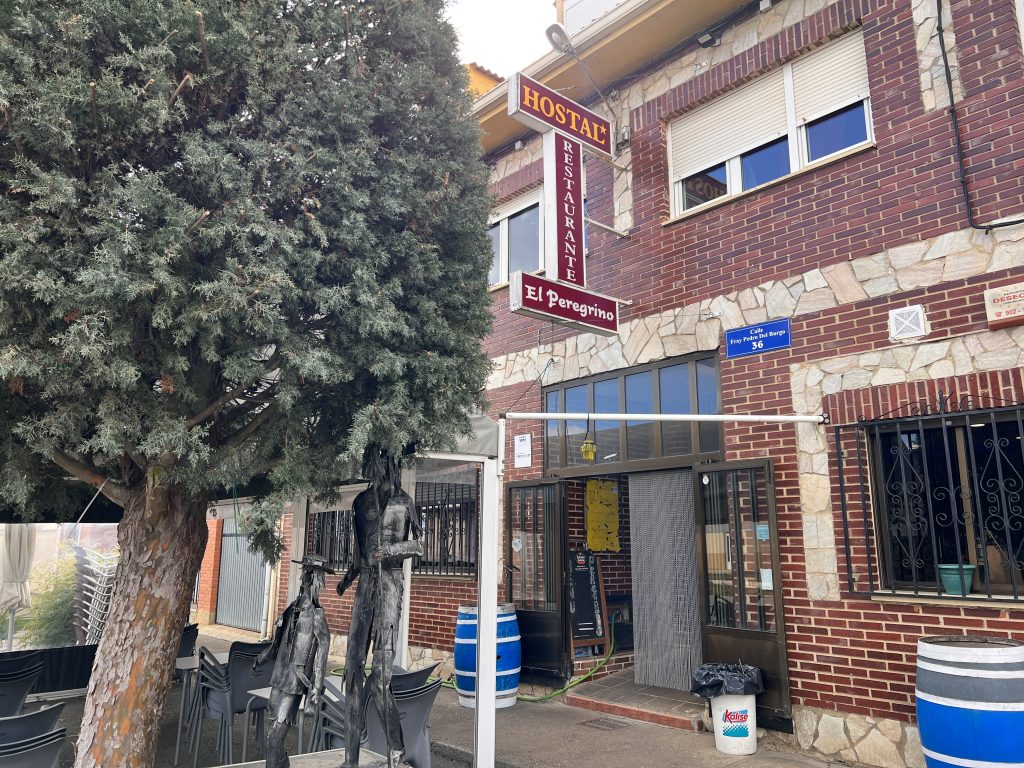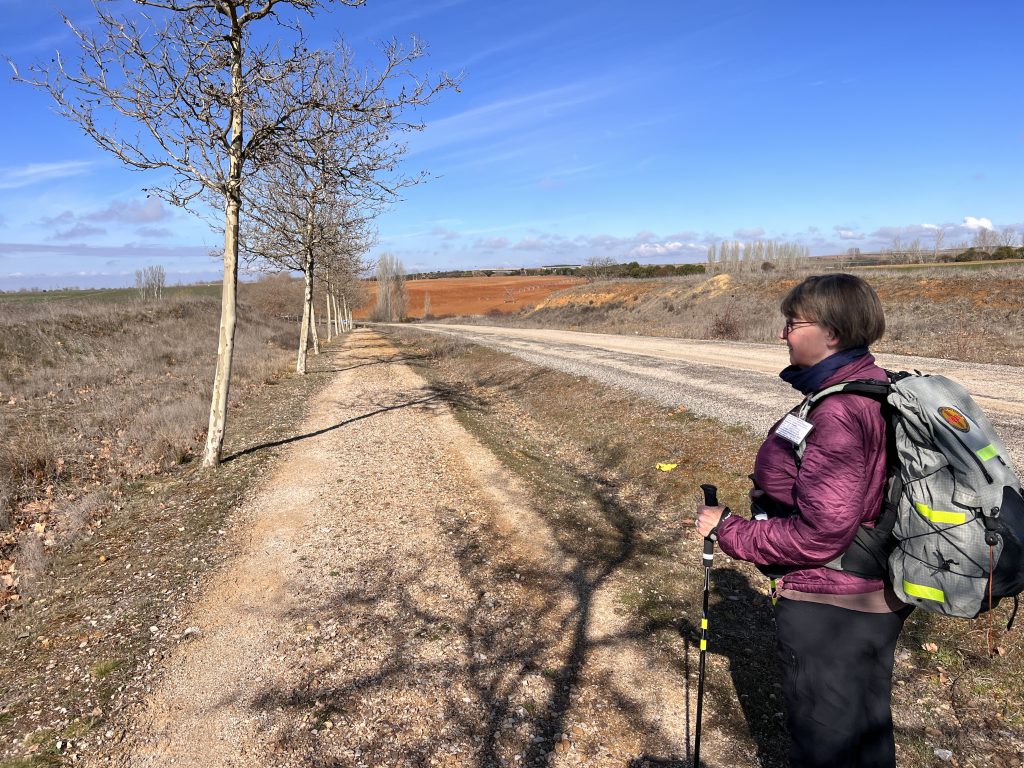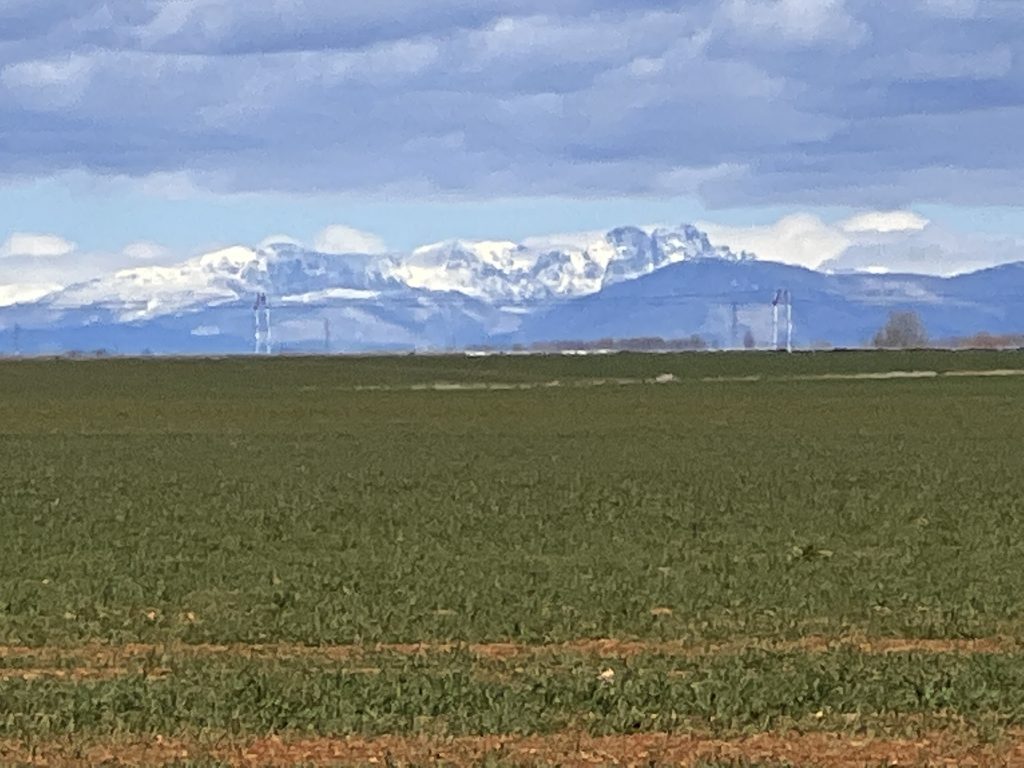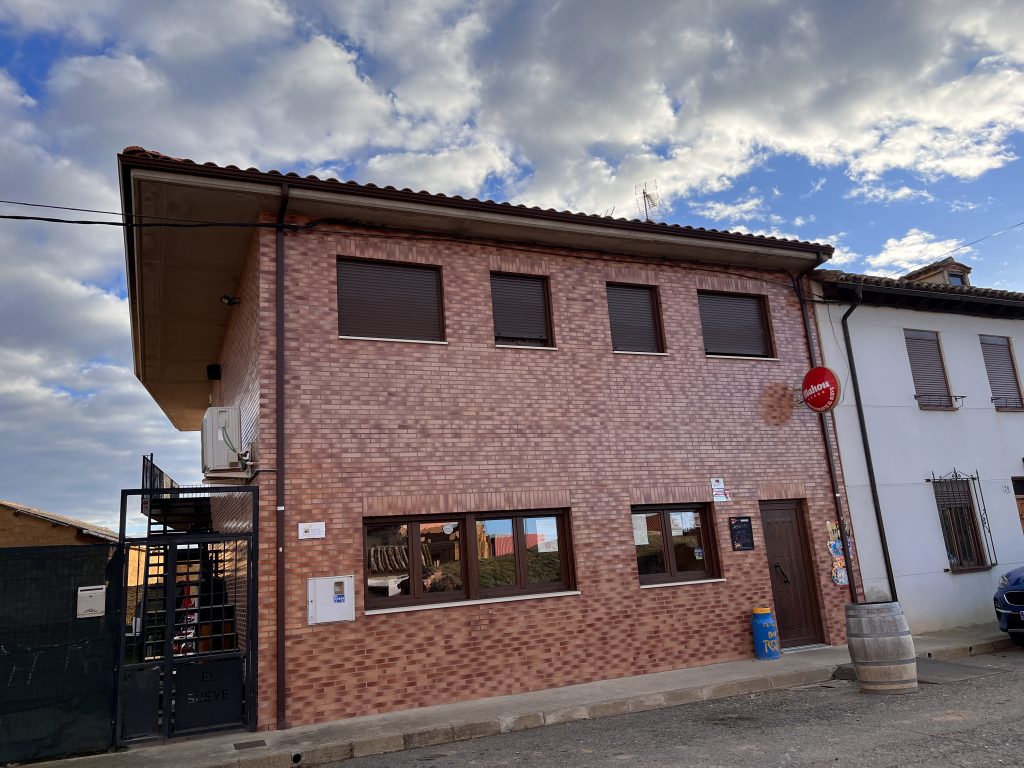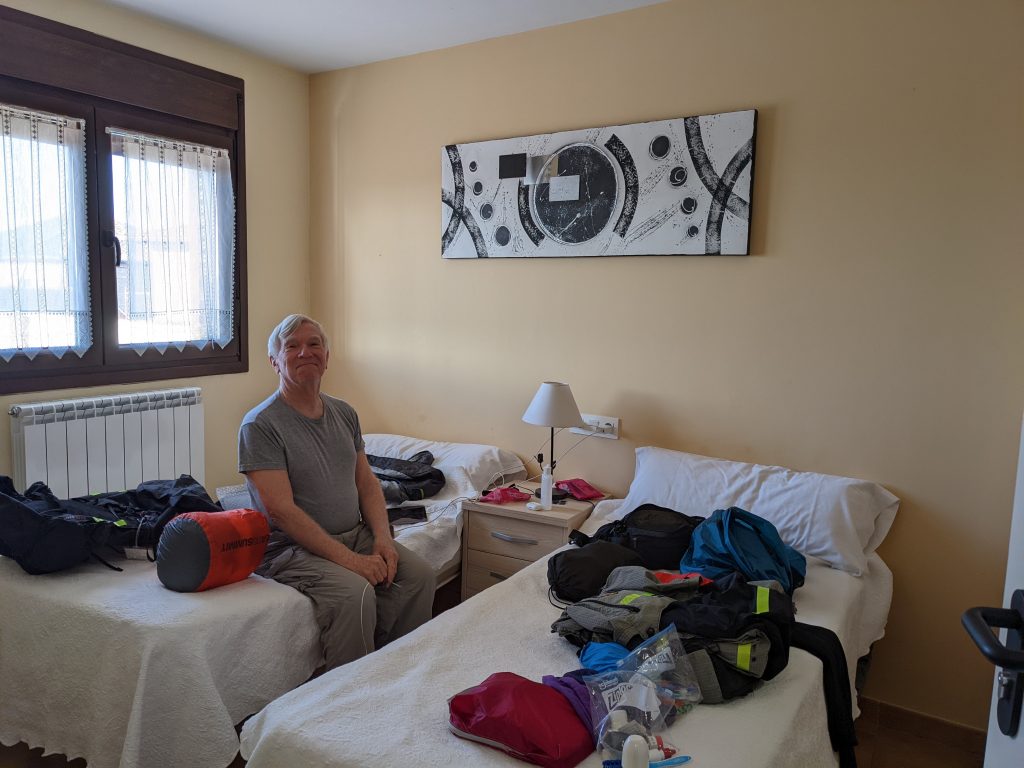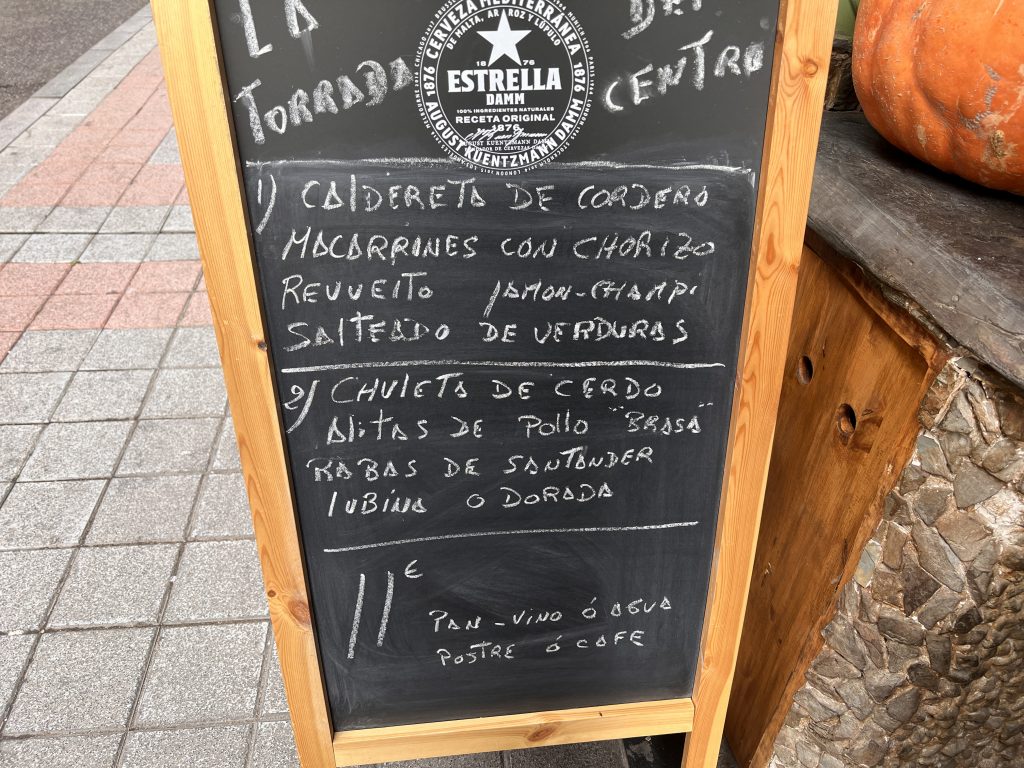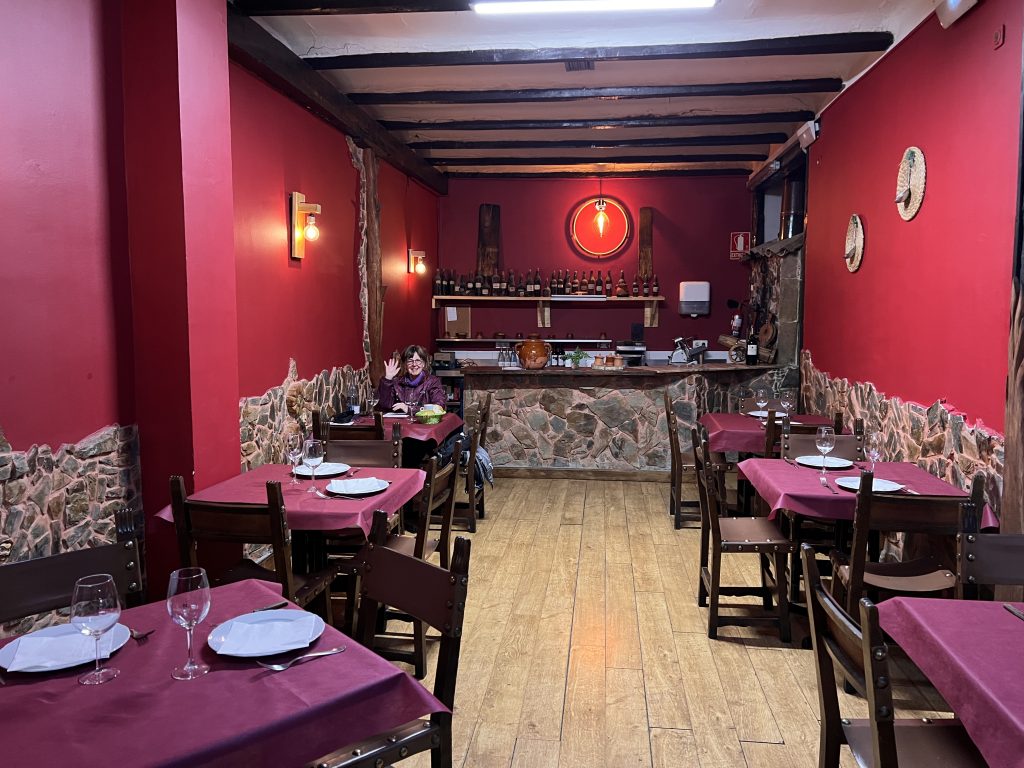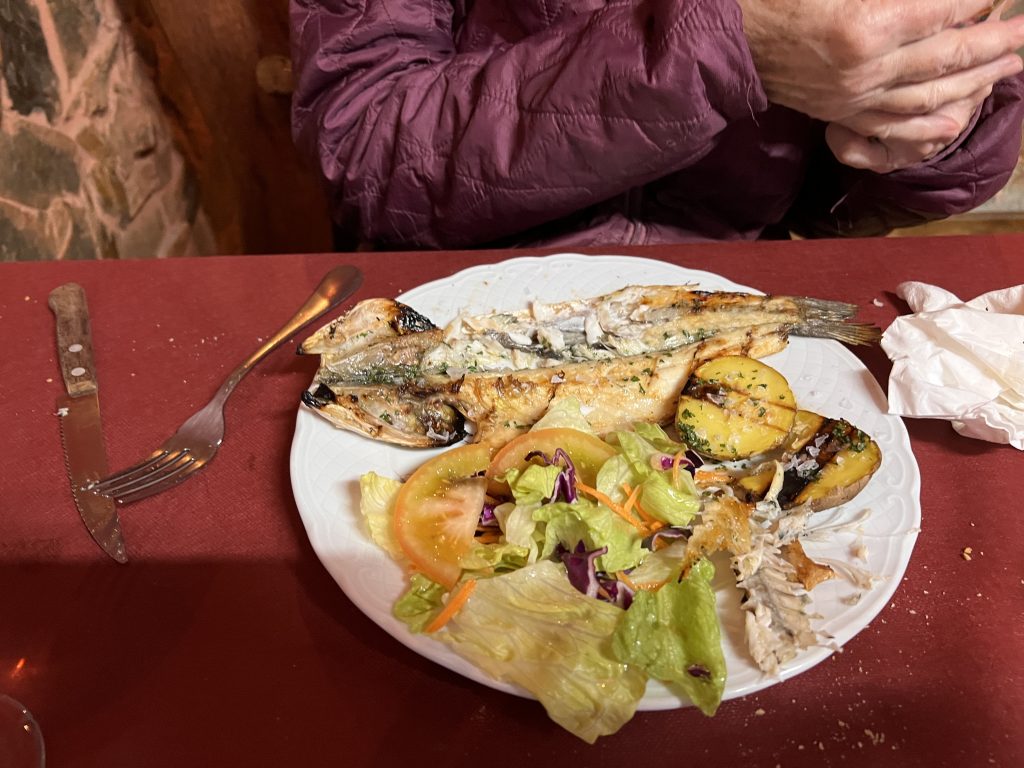The most popular route of the Camino de Santiago is a 500 mile east to west walk across Northern Spain ending at Santiago de Compostela. It’s called the Camino Frances because it starts in France. Why would someone do this? Let’s see.
Religious reasons: The Camino follows a pilgrimage path used extensively in the middle ages and even before that. It was an official Catholic pilgrimage. There is complicated theology involving indulgences associated with it but basically people take a pilgrimage as an act of faith similar to giving something up for Lent.
Spiritual reasons: someone might perform a difficult task as an act of faith in themselves, to show that they can do it, to accomplish something significant, to spend some special time thinking things through.
Social reasons: the Camino is a unique social environment: hundreds of thousands of people walking the same path, staying in albergues (dormitories), making friends, having communal dinners, sharing a goal.
Tourist reasons: Spain varies widely in culture and geography. The Camino takes you through a lot of beautiful country and several cultural regions (starting in Basque country for example).
Hiking reasons: walking is a great way to get the feel of a region. The Camino is not like, say, the Appalachian Trail, that requires serious hiking skills and that you bring food, water, and camping equipment. You stay at albergues, you have coffee at local bars, you eat “pilgrims menus” at local restaurants, or cook communally at the albergue.
Most pilgrims have a mix of these reasons and others besides, many pilgrims walk after a death of someone close, a serious medical diagnosis, a divorce, etc as a way of working things through.

